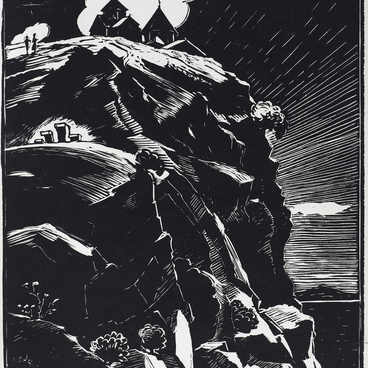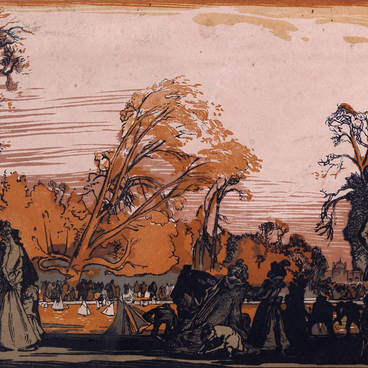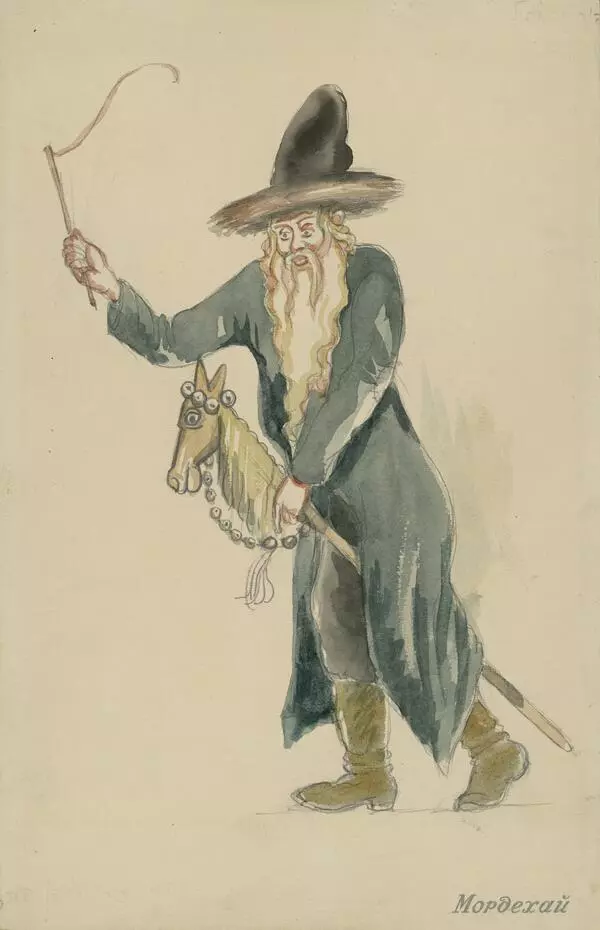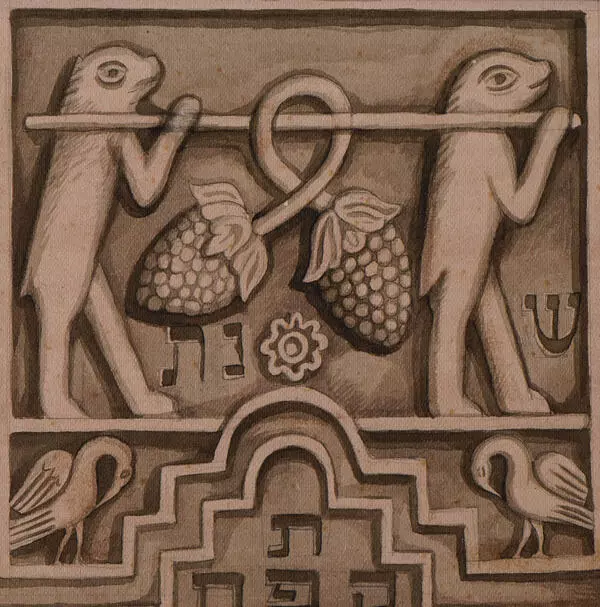The exhibition of the Irbit State Museum of Fine Arts features an engraving “Victory Fireworks in Leningrad” by Solomon Borisovich Yudovin.
The Siege of Leningrad is one of the most tragic events of the Great Patriotic War, which Solomon Yudovin witnessed and directly experienced. Before the summer of 1942, the artist lived in besieged Leningrad, then he was evacuated to Karabikha near Yaroslavl, where he worked on the series “Nekrasov’s Places”. Upon his return to the Russian Northern capital that same year, he completed a series of woodcuts and linocuts “Leningrad in the Days of the Great Patriotic War”, which was published as an album of works in 1948. The gloom and tragedy of this series stand out drastically against the background of the official battle rhetoric of that time.
Solomon Yudovin worked on the series of engravings “Leningrad in the Days of the Great Patriotic War” from 1941 to 1947. He created a kind of chronicle of a besieged city where people did everything humanly possible to survive. The artist was lucky enough to survive the first, most severe winter of the siege when the city was tormented by hunger, devastation, shelling, and severe frosts. It was then that the most significant part of his siege series appeared, including drawings, monotypes, and engravings, many of which were later revised and formed the basis of printed series that were republished numerous times.
Looking at the graphic chronicle of those days, it is very important to understand the context of the time and the specific moment when it was created. The modern viewer looks at it with the historical details in mind: we know how long the siege lasted and when the war ended with the defeat of the Nazis. But the people of besieged Leningrad were tormented not only by the hardships of wartime and the fear of dying every minute of the day but also by the uncertainty. During that difficult time, Yudovin worked hard, recording everything he saw and experienced.




